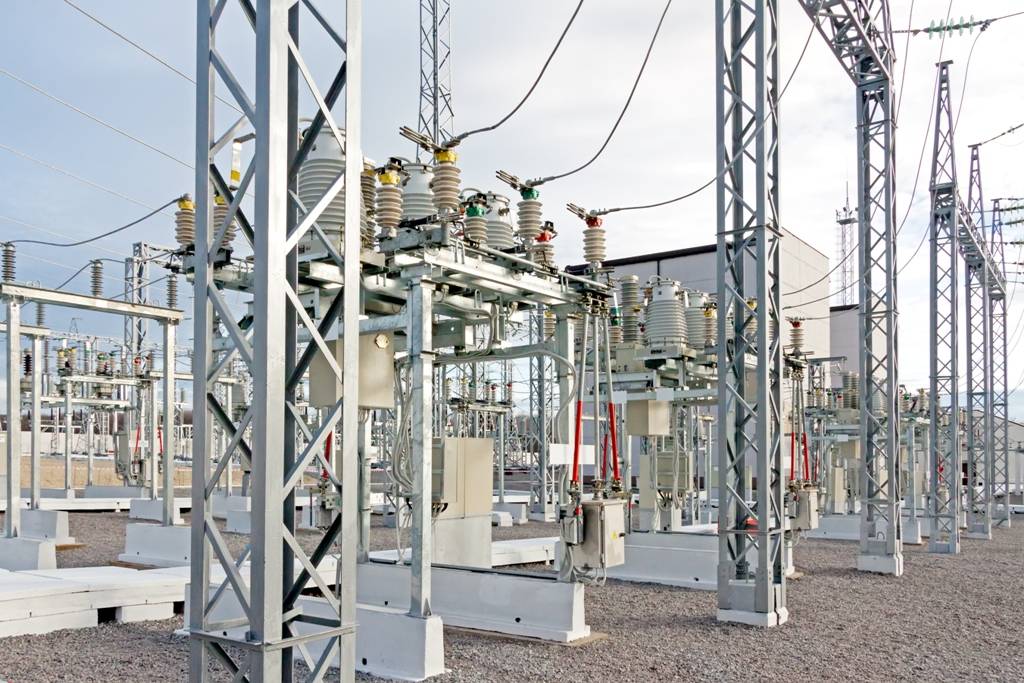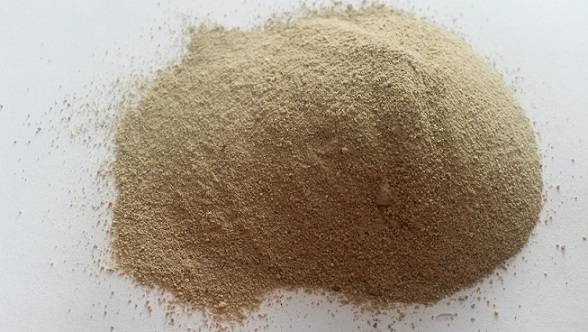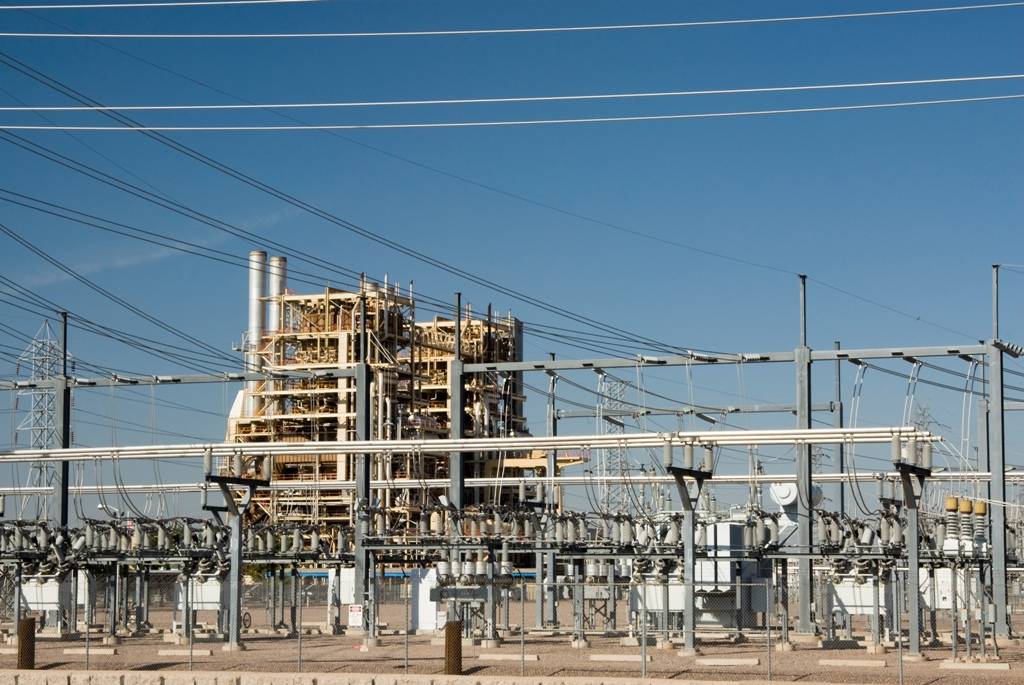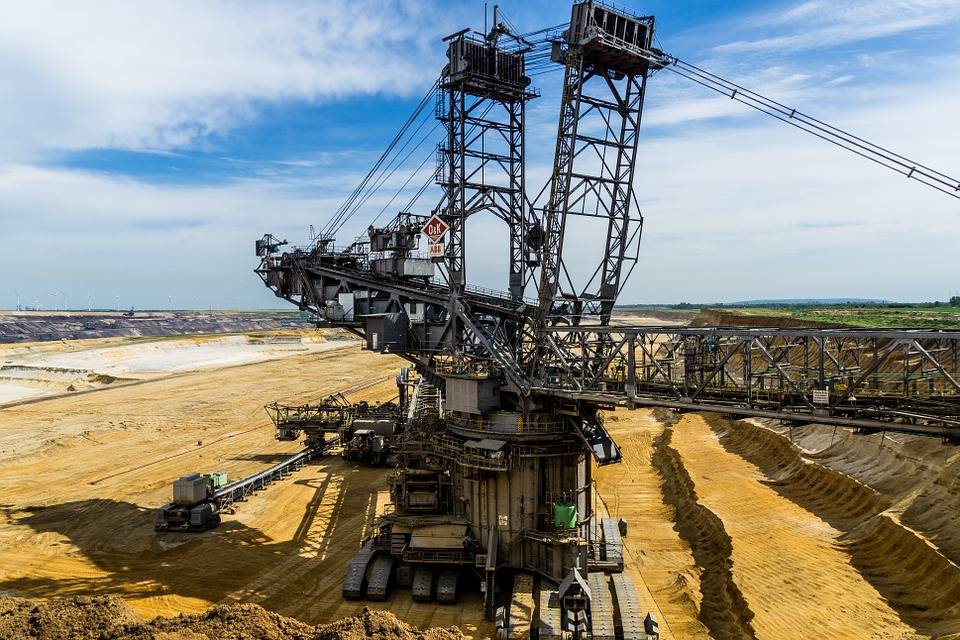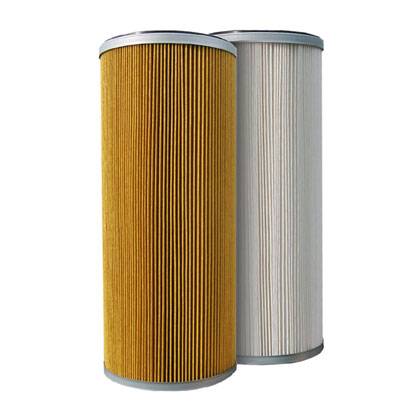Oil pumps are used where it is necessary to keep constant circulation of oil: lubricating and pumping systems etc. Hence the purpose of these devices is circulation and pressure injection.
Depending on the operating principle there are two types of oil pumps: gear and rotor. Gear pumps can have external gearing or internal gearing.
The main purpose of gear pumps is creating constant pressure while rotary pumps are aimed at changing oil supply depending on the technological equipment operating modes.
Pumps with external gearing consist of a housing and two gears (driving gear and idler gear). On one side of the pump there is a vacuum chamber in which oil suction occurs. Next, the oil gets between gear teeth and the housing, and then it is fed into a discharge chamber and oil filter. For the pump to be operated with maximum efficiency, the gaps between the gear teeth and between the gears and the housing should be minimal.
Pumps with internal gearing consist of a housing and two internal gears. The structural feature of such construction is that one gear is placed inside the other one and their axes do not coincide. Also, idle gear diameter is usually less than that of the driving gear. Due to the difference in diameter, crescent-shaped space is formed between the gears. A separation sector which injects the oil is placed inside that space. First, the oil passes through a vacuum chamber and then gets between the teeth of the gears and the separation sector. Next, the oil is transferred to the pumping chamber.
Rotary oil pumps operate on the same principle as internal gearing pumps. The main difference lies in the fact that two rotors consist of a small number of blades. Their location is eccentric. The principle of rotary pumps operation is as follows. Rotation of inner rotor blades leads to the formation of moving cavities of variable volume between the blades and outer rotor pits. If such cavity passes over a vacuum chamber, its expansion occurs with subsequent absorption of oil. Then, the cavity volume is reduced, which leads to the compression of oil. During the passage over a discharge chamber oil is fed into the system under the required pressure.

